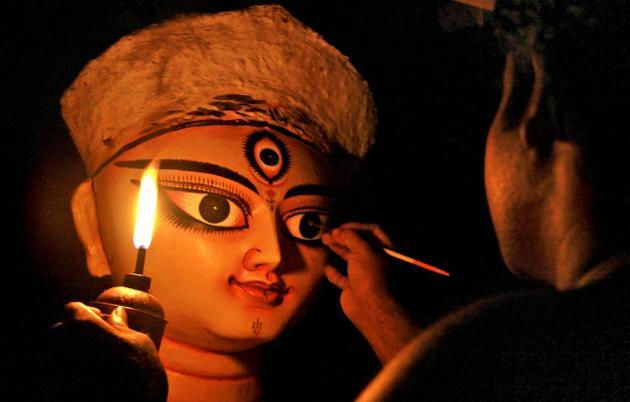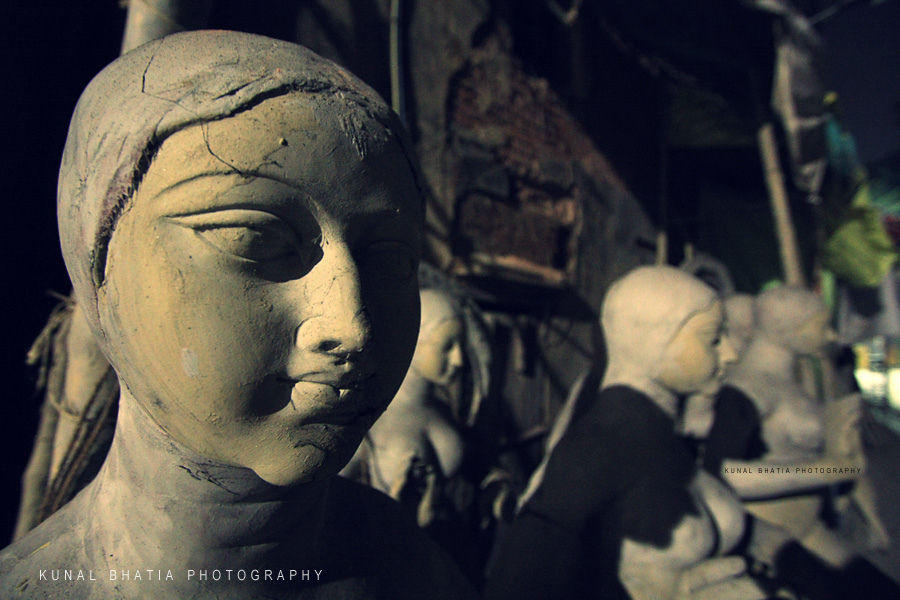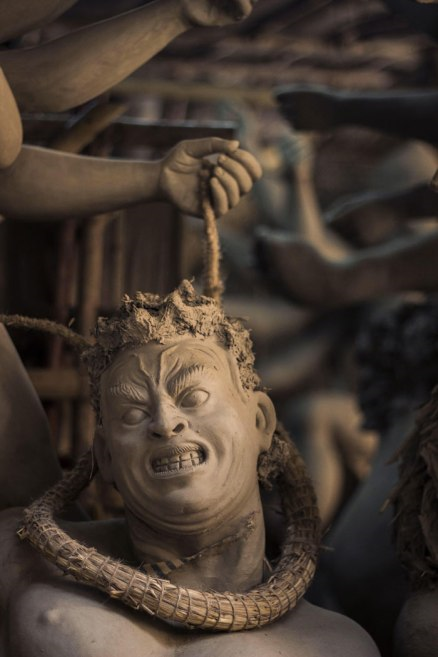#MaAshchen: The Hands that Craft God
- Arijit Bose

- Aug 24, 2017
- 3 min read

For Bengali idol makers it is that part of the year when they are busy shaping figurines of the supreme Goddess Durga. After worship of clay or Mitti Puja craftsman across the country have now involved themselves in the rigorous exercise of giving shape to Ma Shakti or Ma Durga for this years Durgotsava.
If one goes by Hindu rituals and traditions then the process of creation of idols starts on the day of Akshaya Tritiya. This however can vary. In many parts of the country, the Mitti Puja or the worship of clay was done weeks back. From here on starts the idol making process.
Idol making is an extremely complex, yet set process which is to be followed. India has rituals and rites, and it would not be wrong to suggest that amidst the intricacies of art, following the norms are essential.
On the Hindu date of Akshaya Tritiya when the Ratha Yatra is held, clay for the idols is collected from the banks of a river, preferably the Ganges. Apart from the clay that is taken from the Ganges, handful of soil is taken from the areas where sex workers live, often called the forbidden territories.

Priests say, “The clay is taken from the banks of the river from where the deposits are recovered by carrying out ritualistic prayers, following which the clay is taken. The clay essentially helps in moulding Ma Durga.”
Basic material for the idol when combined with a clay mixture it helps in the making of the Durga idol. After the required rites, the clay is transported from which the idols are fashioned.
The Puja clay artisans start to breathe life in the images of Durga. Bamboo sticks cut in various shapes and sizes are required to make the basic structure of the idols of Goddess Durga and the platform on which the colossal statue stands.
Durga’s figure will then be imparted shape with straw tied with jute strings. Such is the perfection of idol making, that the skeleton structure of bamboo and straw are done by one group of artisans while the clay mixing and applications are done by another group and finally the head, palms and feet are done by the highest graded artisans or Pals.

The second stage of idol making is applying the layers of clay. This is done in three steps. The straw figurine of Goddess is applied with the first coat of clay solution where the percentage of water is high.
This application helps to fill the crevices left by the straw. The second layer is applied with great caution as it is the most important layer giving prominence to the figure. The clay mixed in this step is very fine without any impurities. Palms, head and feet which are separately made are attached with the main torso at this stage. The heads, palms and feet are made of clay.
The artisans make the head of the Goddess with fine clay creating each feature with great care and skill. This piece of art when completed is dried. Liquid plaster of Paris is poured over it to create a mould. On drying, the mould is then separated from the clay head. Finally pieces of cloth soaked in fine clay from the river bed of Ganges is applied on the joints of the figure which develops cracks after drying.
On completing the clay structure the figure is painted with white earth colour. Finally the whole statue is painted with pink or yellow earth colours. The last earth colour applied is the blood colour. The last of the parts painted is the eyes which is painted on Mahalaya day.
Before painting on the eyes, the artisans fast for a day and eat only vegetarian food.
Hair made of jute is glued and then the idol is dressed and then ornamented.

Speaking of the cost specifics of these idols, a 12 foot idol is expected to fetch Rs 20,000 to 25,000 while a taller version is 30,000 to 35,000 rupees.
It would be worth mentioning, an artisan has to invest Rs 5 lakh a year to earn Rs 80,000, which is less than Rs 7, 000 a month. He finds it difficult to sustain his family with this meager sum.
Speaking of exports, demands for idols made of thermocol, glass fibre are highest. These idols which go abroad are worth Rs 90,000 each.
Hordes of artists, sculptors, craftsmen every year make the intricate, beautiful and grand Durga Idols. The idols which grace various Puja Pandals across the country are made with much patience and love. There are a set of contractors who themselves are trained, while artisans are brought in. Each workshop has almost 12 to 15 artisans, if not less.They are paid on a per day basis.
As artisans work tirelessly to breathe life into Durga idols, whole of India awaits eagerly for Durga pujas scheduled in late September.
Comments